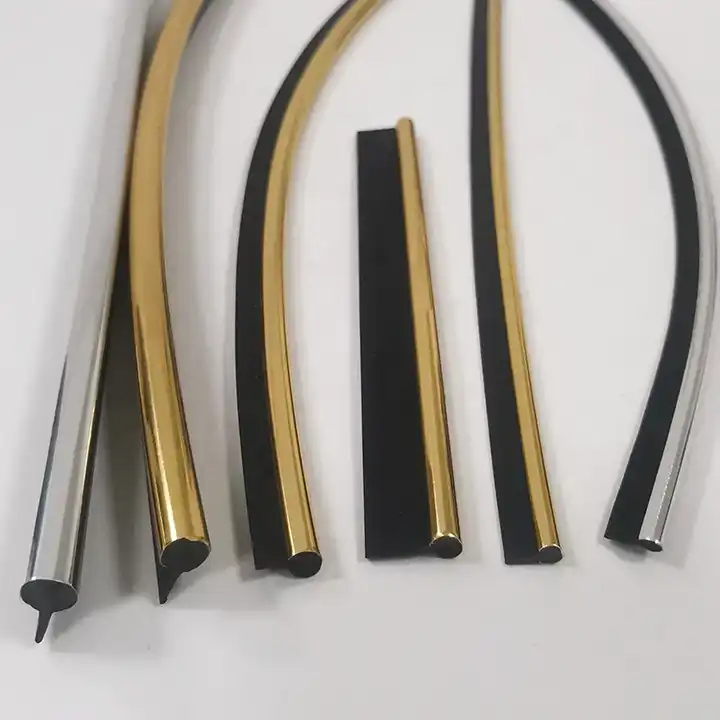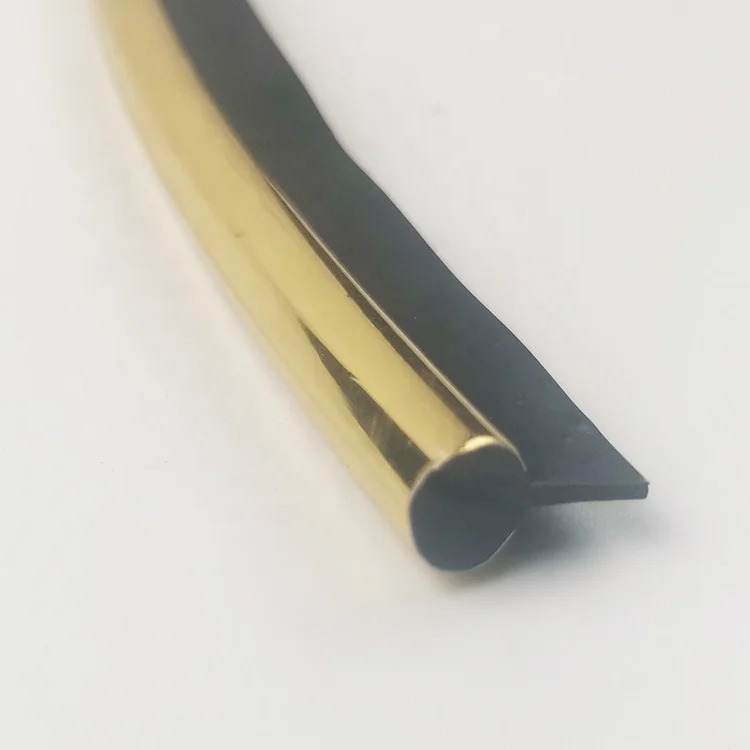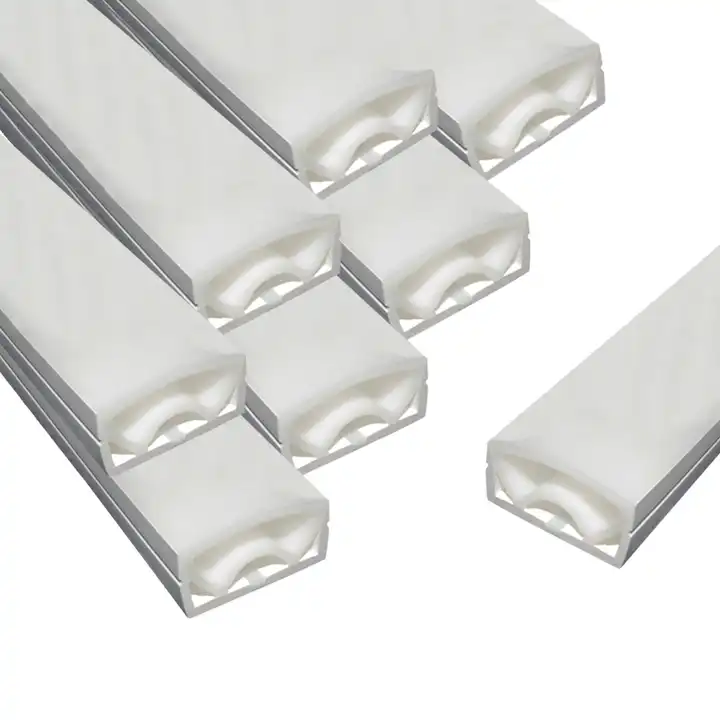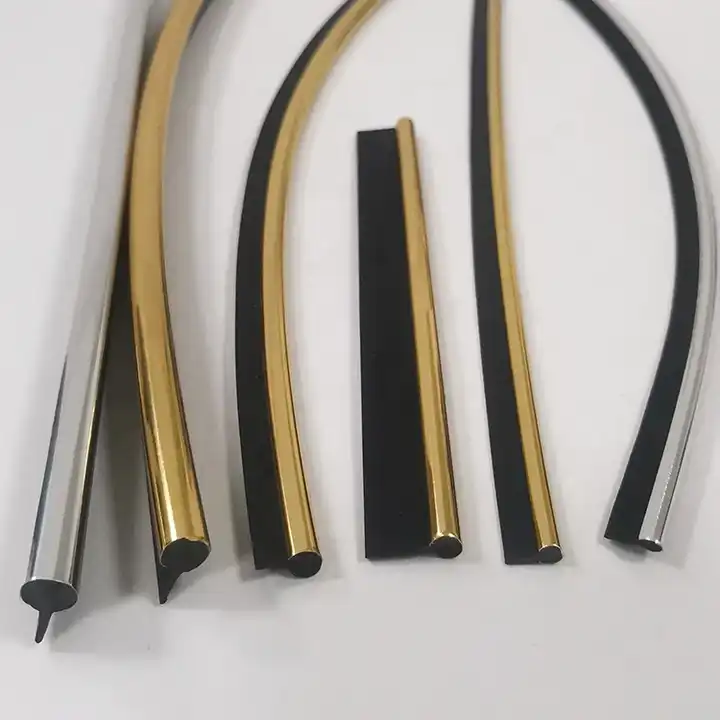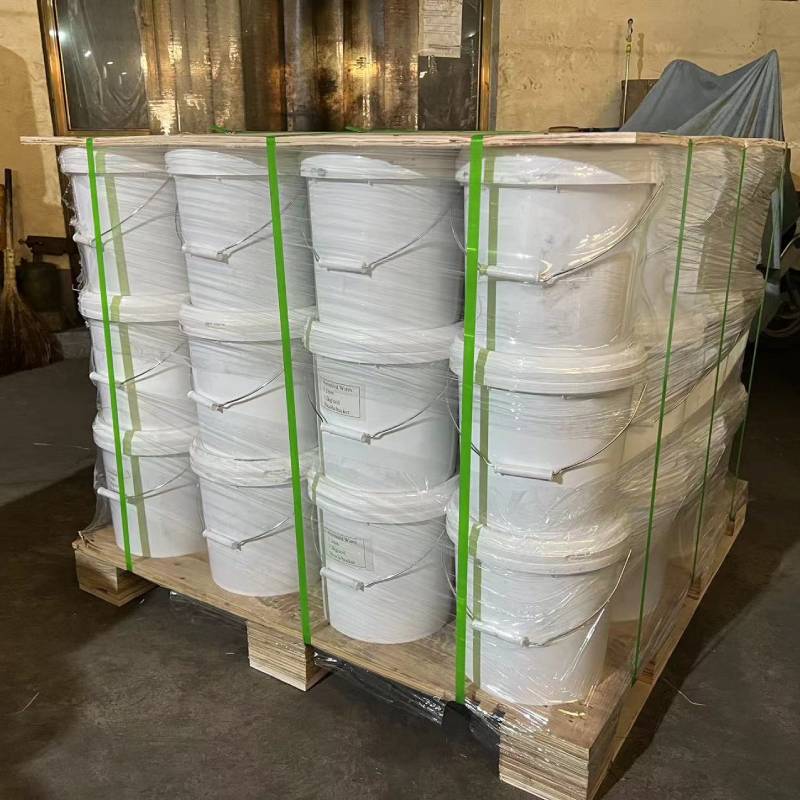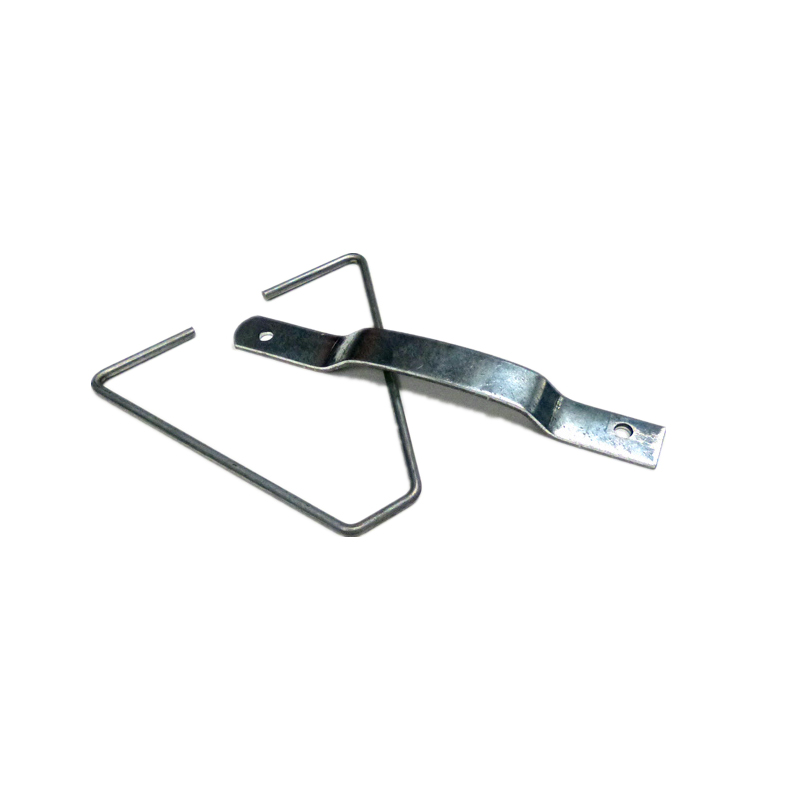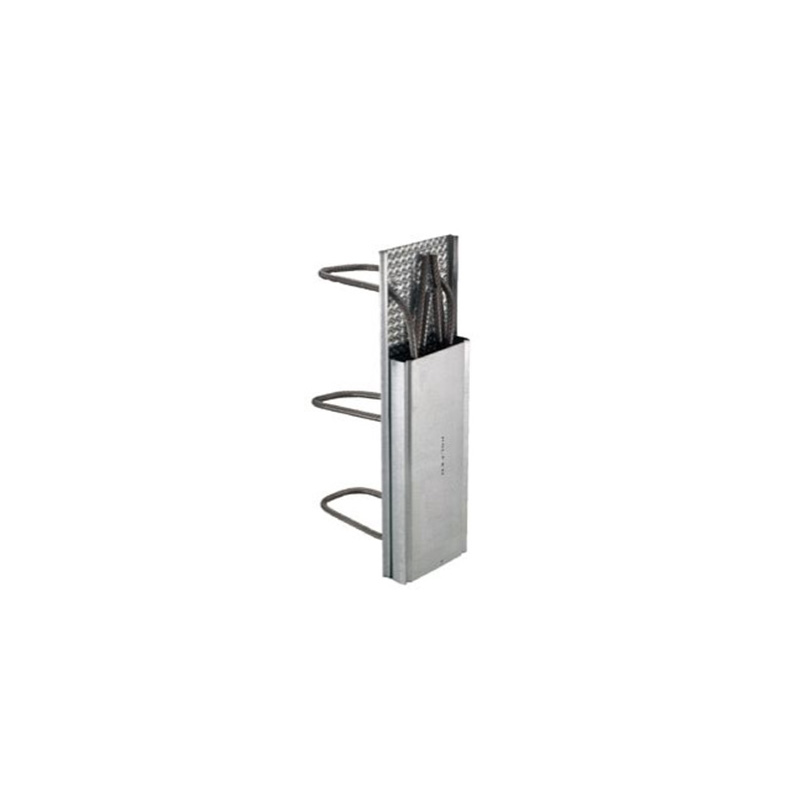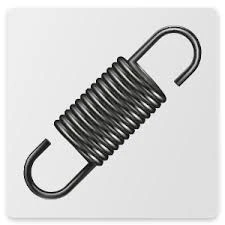Cellulose is a linear homopolymer consisting of repeating β-d-glucopyranosyl units linked via (1,4) glycosidic bonds. In its pure form, the straight chains are bound closely together by multiple intermolecular hydrogen bonds and van der Waals forces, producing a water-insoluble fibrous or crystalline substance which is relatively inert. The EFSA ANS Panel assessed recently the absorption, distribution, metabolism and excretion (ADME) of celluloses (EFSA, 2018) and draw the following conclusions concerning non-herbivore mammals: cellulose is not absorbed intact in the gastrointestinal tract of animals and humans but is fermented during its passage through the large intestine by the microbiota, with the limited production (9% of the administered dose in the rat) of short-chain fatty acids (mainly acetic acid and succinic acid), hydrogen, carbon dioxide and methane.
 Home
Home